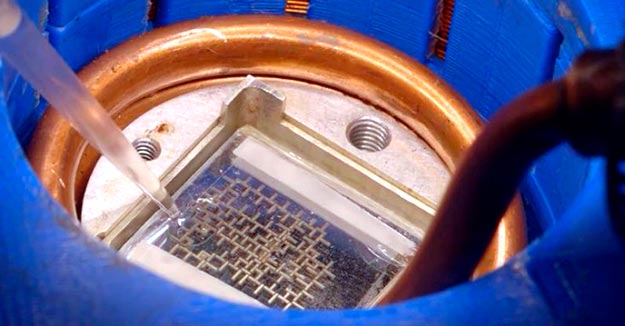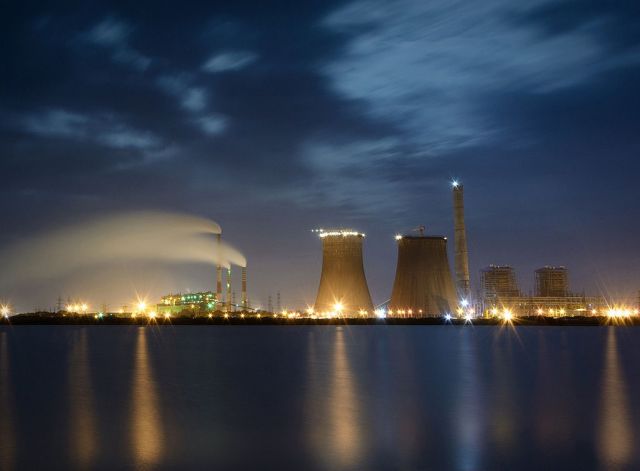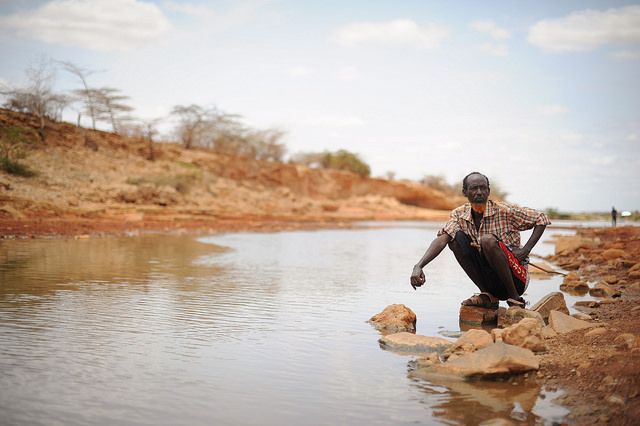Researchers in the US have built a fully functioning computer that runs like clockwork – but instead of electrons, it operates using the movement of tiny magnetised water droplets. The ultimate goal is to use the machine to precisely control and manipulate matter, the same way that regular computers manipulate information.
Although this new water-based computer could theoretically do everything a normal computer can thanks to its universal logic gates, it’s much slower than the devices we currently use. But the team has far bigger plans in mind for their invention – revolutionising the way we process and manufacture materials.
“We already have digital computers to process information … Our goal is to build a completely new class of computers that can precisely control and manipulate physical matter,” Manu Prakash, lead researcher and bioengineer at Stanford University, said in a press release. “Imagine if when you run a set of computations that not only information is processed but physical matter is algorithmically manipulated as well. We have just made this possible at the mesoscale [10 microns to 1 millimetre].” Read more












